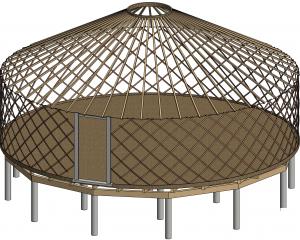
The Aspiring Highways team, working for Waka Kotahi NZ Transport Agency, was now working on the Yates Feature on the bluff following an increase in movement late last year, Waka Kotahi Central Otago senior network manager Robert Choveaux said.
The rock feature is located at the Queenstown end of the bluff between 130m and 160m above State Highway 6 and is about 30m high and weighs more than 12,600 tonnes.
It has been monitored since 2001 and showed signs of increased movement at the end of last year.
The physical properties of the schist made it susceptible to weathering as a result of winter freeze/thaw conditions and drying out due to hot and windy conditions, Mr Choveaux said.
Rainwater could weaken it further.
Stop-go traffic management and a temporary speed restriction of 30kmh were place between 8am and 5pm, Monday to Friday.
An abseiling team had drilled 62 of 90 bolt holes needed to secure the rock. Each hole was about 10m deep.
"However, initial drilling revealed the depth that the rock was failing was deeper than we’d first assessed as we hadn’t had a chance to complete detailed geological mapping. This in turn means we need to install deeper rock bolts to hold up a larger mass of rock."
Fresh cracking was observed in December and the team was working to stabilise the rock and try to prevent an uncontrolled collapse, Mr Choveaux said.
Weather conditions over the summer and early autumn had been favourable and the work was on track to be completed at the end of April.
Contractors would then move into routine six-monthly scaling (rock removal) and inspections of the rock face in early May.











